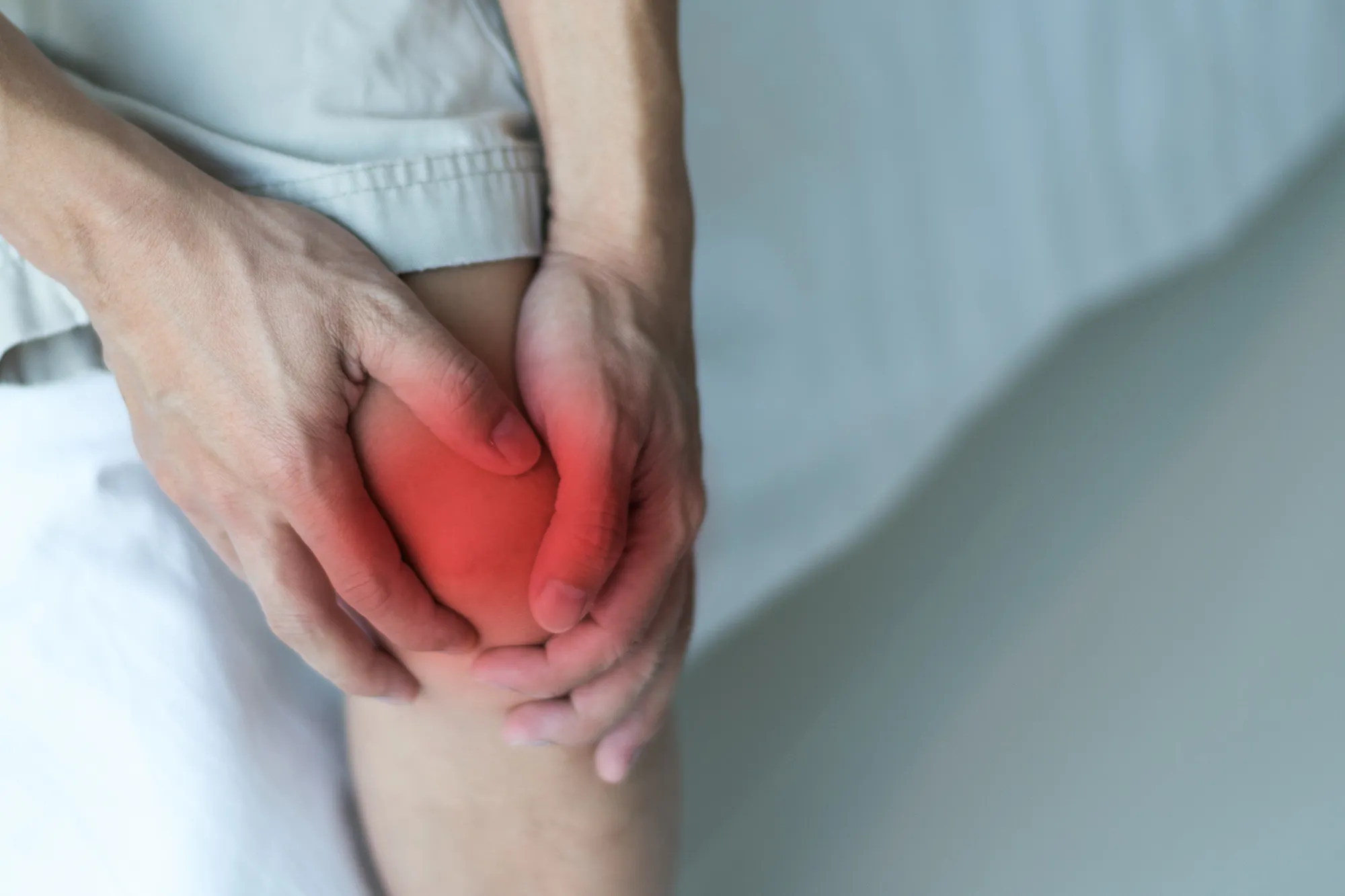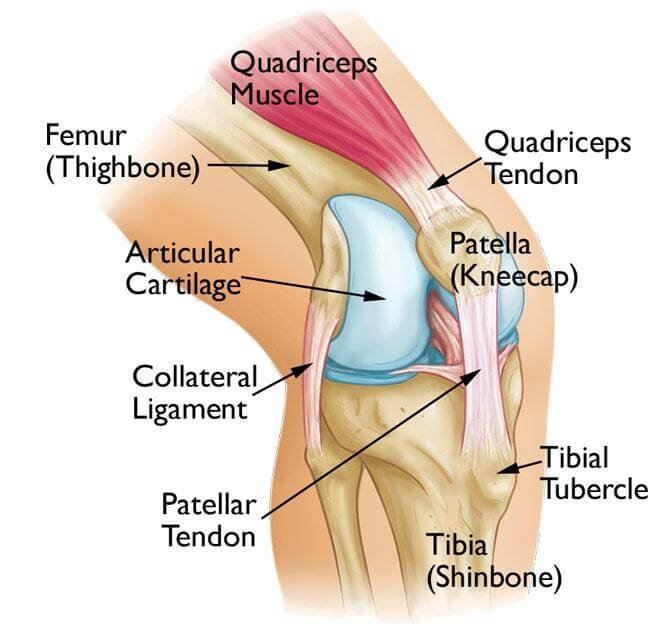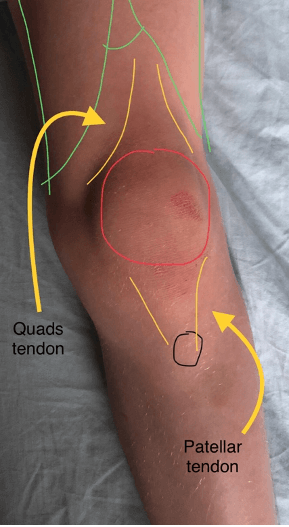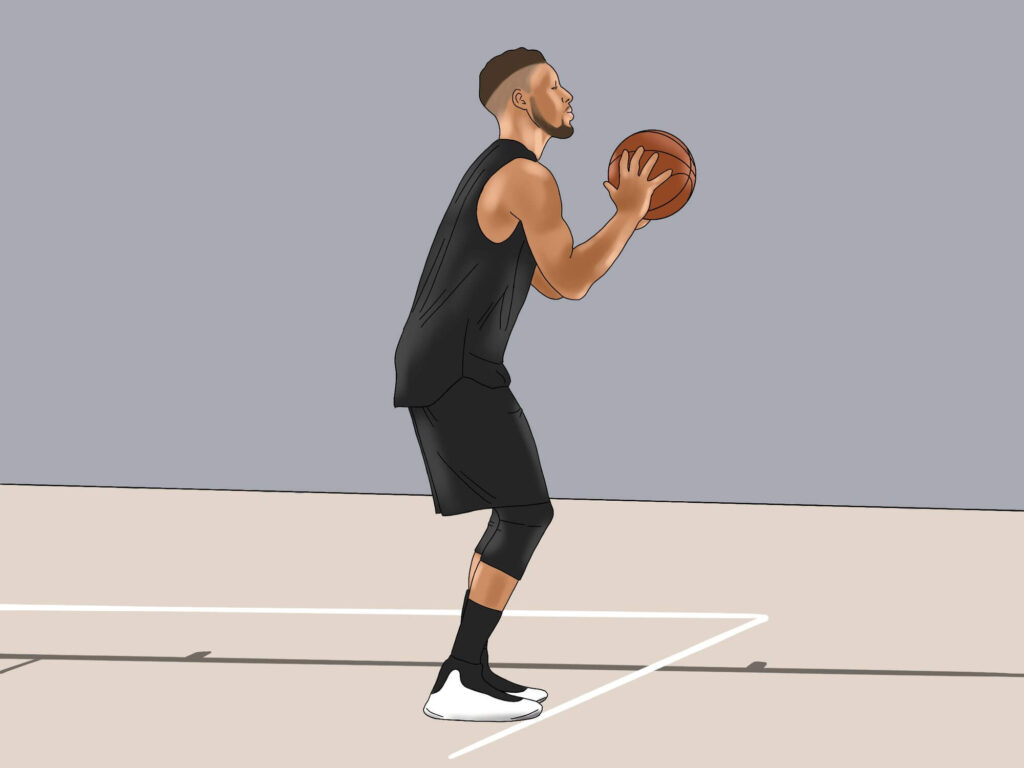As a parent, it can be difficult to watch your child struggle with pain and discomfort. One common condition that affects many active teenagers is Osgood-Schlatter syndrome. This condition, also known as OSD, is a common cause of knee pain in adolescents. It is caused by inflammation of the growth plate at the top of the shinbone, where the tendon from the kneecap attaches. This condition is most commonly seen in teenagers who are going through growth spurts, and it is more common in boys than girls.

by Annie Spratt (https://unsplash.com/@anniespratt)
Symptoms and Diagnosis
The most common symptom of Osgood-Schlatter syndrome is pain and tenderness just below the kneecap. This pain can be aggravated by activities such as running, jumping, or climbing stairs. In some cases, there may also be swelling and redness around the knee. If your child is experiencing these symptoms, it is important to consult a doctor for a proper diagnosis. A physical exam and imaging tests, such as an X-ray or MRI, may be used to confirm the diagnosis and rule out other conditions.
Treatment Options
Fortunately, Osgood-Schlatter syndrome is a self-limiting condition, meaning it will eventually go away on its own. However, there are steps you can take to help your child manage the pain and discomfort while they heal. These include:
- Rest: Encourage your child to take a break from activities that aggravate the pain. This may mean modifying their physical education class or taking a break from sports for a short period of time.
- Ice: Applying ice to the affected area can help reduce pain and swelling. Make sure to wrap the ice pack in a towel to avoid direct contact with the skin.
- Pain relievers: Over-the-counter pain relievers, such as ibuprofen or acetaminophen, can help alleviate pain and discomfort.
- Physical therapy: In some cases, a physical therapist may recommend specific exercises to help strengthen the muscles around the knee and improve flexibility.
Sinding-Larsen-Johansson Syndrome vs Osgood-Schlatter Syndrome

Sinding-Larsen-Johansson syndrome (SLJ) is a similar condition to Osgood-Schlatter syndrome, but it affects a different area of the knee. SLJ is caused by inflammation of the growth plate at the bottom of the kneecap, where the patellar tendon attaches. This condition is more common in younger children, typically between the ages of 8 and 12. While the symptoms and treatment options are similar to Osgood-Schlatter syndrome, it is important to note the difference between the two conditions.
Radiology and Osgood-Schlatter Syndrome
Radiology, or the use of imaging techniques to diagnose and treat medical conditions, can be a useful tool in managing Osgood-Schlatter syndrome. X-rays can help confirm the diagnosis and rule out other conditions, while MRI scans can provide a more detailed view of the affected area. These imaging techniques can also be used to monitor the healing process and ensure that the condition is resolving properly.
Helping Your Teen Thrive
While Osgood-Schlatter syndrome can be a painful and frustrating condition for teenagers, it is important to remember that it is temporary and will eventually go away. By following these treatment options and working closely with your child’s doctor, you can help your teen manage their pain and discomfort and continue to thrive in school and other activities. If you have any concerns or questions, don’t hesitate to reach out to your child’s healthcare provider for guidance and support.




